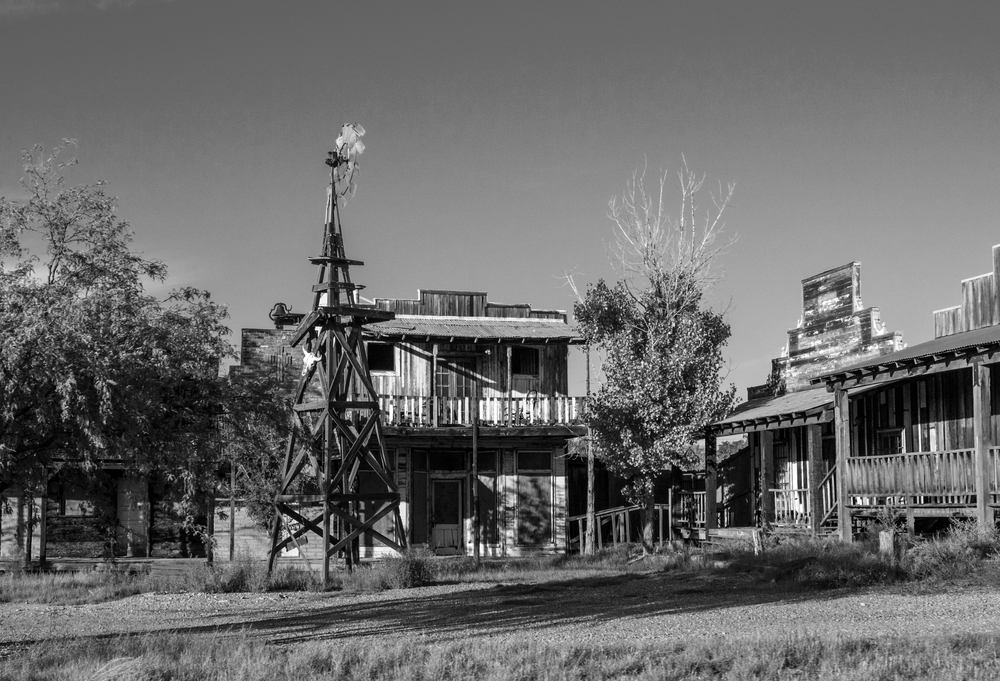The epic film How the West Was Won captures the sweeping history of America’s westward expansion from 1839 to 1889. This generational tale, told through the lives of a pioneering family, illustrates the adventurous spirit and formidable challenges they endured. Featuring a star-studded cast and breathtaking cinematography, it paints a vivid picture of the American frontier’s transformation.
Directed by legends Henry Hathaway, John Ford, and George Marshall, the film is a masterclass in storytelling. It was filmed using the innovative Cinerama process, which helped bring the expansive landscapes and grand battles to life on the big screen. Audiences are taken on a journey through significant events like the Civil War, gold rushes, and the construction of the railroads.
How the West Was Won not only entertains but also educates viewers on the complexities of Manifest Destiny. The film’s intricate portrayal of diverse experiences—ranging from the white settlers’ struggles to the Native American perspective—provides a compelling look at this transformative period in U.S. history. For more insights, explore the fascinating narrative behind this Hollywood masterpiece.

Exploring the Frontier: Setting the Scene
The American frontier captivated the imagination of early explorers and pioneers who ventured into the unknown territories. This unique period of westward expansion was driven by the belief in Manifest Destiny and facilitated by advances like the railroad.
Early Explorers and Pioneers
Early explorers such as Lewis and Clark embarked on expeditions to chart the uncharted lands. These journeys were supported by the U.S. government and provided valuable maps and data. They faced numerous challenges, including harsh weather and hostile encounters with Native American tribes.
Pioneers followed, inspired by the promise of fertile land and gold. They traveled in covered wagons, forming communities and often collaborating for safety. Many settled as farmers, traders, or miners, helping to establish the agricultural and economic foundations of the West.
Manifest Destiny and Westward Expansion
Manifest Destiny was the widely held belief that Americans were destined to expand across the North American continent. This ideology fueled congressional support for policies that encouraged settlement and the annexation of territories.
The completion of the transcontinental railroad played a crucial role in this expansion, providing easier access to the western territories. Along with the Homestead Act, which granted land to settlers, these developments accelerated migration and settlement. The resulting growth helped shape the political and cultural landscape of the United States.
Manifest Destiny and its associated policies also led to the displacement of Native American communities, forever altering their way of life and the demographics of the region.
Conflict and Cooperation: Life in the West
Life in the West during the period of expansion was marked by both strife and collaboration. Key interactions included those between Native Americans and settlers, the transformative influence of railroads, and the patterns of settlement driven by policies like the Homestead Act.
Native American Relations
Interactions between settlers and Native American tribes were complex and often contentious. The arrival of pioneers in vast numbers led to the displacement of Indigenous peoples. Treaties were frequently made and broken, reflecting both cooperation and conflict. Some tribes sought to coexist through trade and negotiated agreements.
The California Gold Rush and subsequent westward trails brought many settlers into direct conflict with these tribes. Violence and resistance met these encroachments. The periods of 1864-1890 saw significant clashes, including the Battle of Little Bighorn and Wounded Knee, which had lasting impacts on Native American populations and cultures.
Efforts at cooperation did exist, such as trade relations and cultural exchanges. Several Native American tribes adapted to some aspects of settler life while maintaining their traditions.
Conflicts with Western Tribes.
The Role of Railroads
Railroads brought significant changes to the Western landscape. They enabled faster movement of goods and people, propelling economic development. Major rail lines like the Union Pacific and Central Pacific connected the East to the West Coast, making cross-country travel much easier.
This infrastructure supported the rapid transport of raw materials, such as minerals and agricultural products, to distant markets. Moreover, railroads facilitated the movement of settlers, contributing to the expansion of towns and cities along their routes.
However, the construction of railroads often disrupted Indigenous lands and communities. The demand for land led to increased conflicts between rail companies and Native American tribes. Railroads also employed a diverse workforce, including many Chinese immigrants who faced harsh working conditions and discrimination.
Settlement Patterns and the Homestead Act
The Homestead Act of 1862 played a crucial role in populating the West. It granted 160 acres of public land to settlers for a small fee and five years of residence and cultivation. This policy attracted numerous immigrants and Americans from the East.
Settlers established farms, towns, and communities, transforming the once sparsely populated plains and wilderness into productive lands. These new settlements spurred economic growth and contributed to the United States’ agricultural output.
Despite the opportunities, homesteaders faced challenges from harsh weather, isolation, and conflicts with Native Americans. Not all attempts to claim land succeeded, and many settlers left, discouraged by the difficulties. Nevertheless, millions of acres were claimed and developed under this ambitious program, reshaping the American landscape.
